LEE COUNTY, Fla. — Sanibel Island was one of the hardest hit areas in the state when Hurricane Ian slammed into the west coast of Florida on Sept. 28, 2022.
The storm cut off the only way to the island, and in the days and weeks to follow, crews worked tirelessly to create a temporary structure to allow access.
Along with residents, wildlife and critical vegetation were impacted. Nearly 70% of the Island is conservation land, with the J.N. “Ding” Darling Wildlife Refuge boasting the country’s largest undeveloped mangrove ecosystem. Supervisory Ranger Toni Westland said storm surge from Ian decimated much of that plant life.
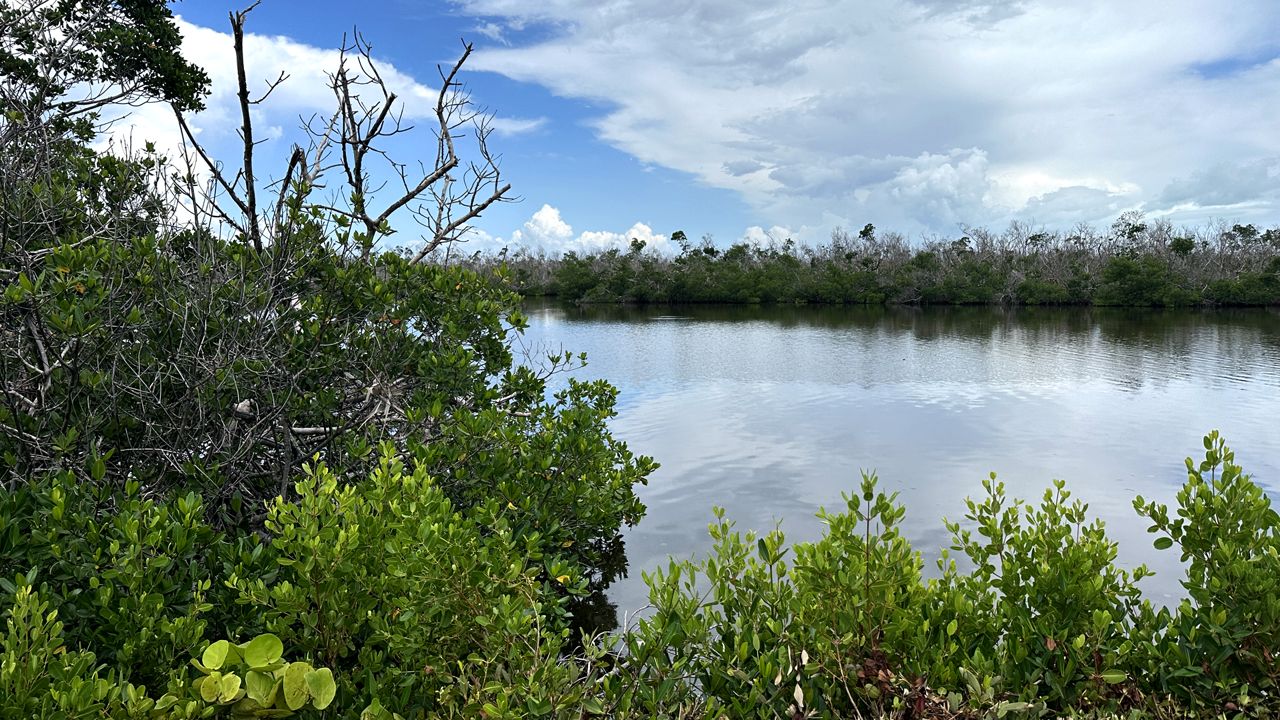
“We’re here at the Mangrove Overlook and, if you can imagine, 13 feet of water just coming over our heads,” she said, pointed out from inside the refuge.
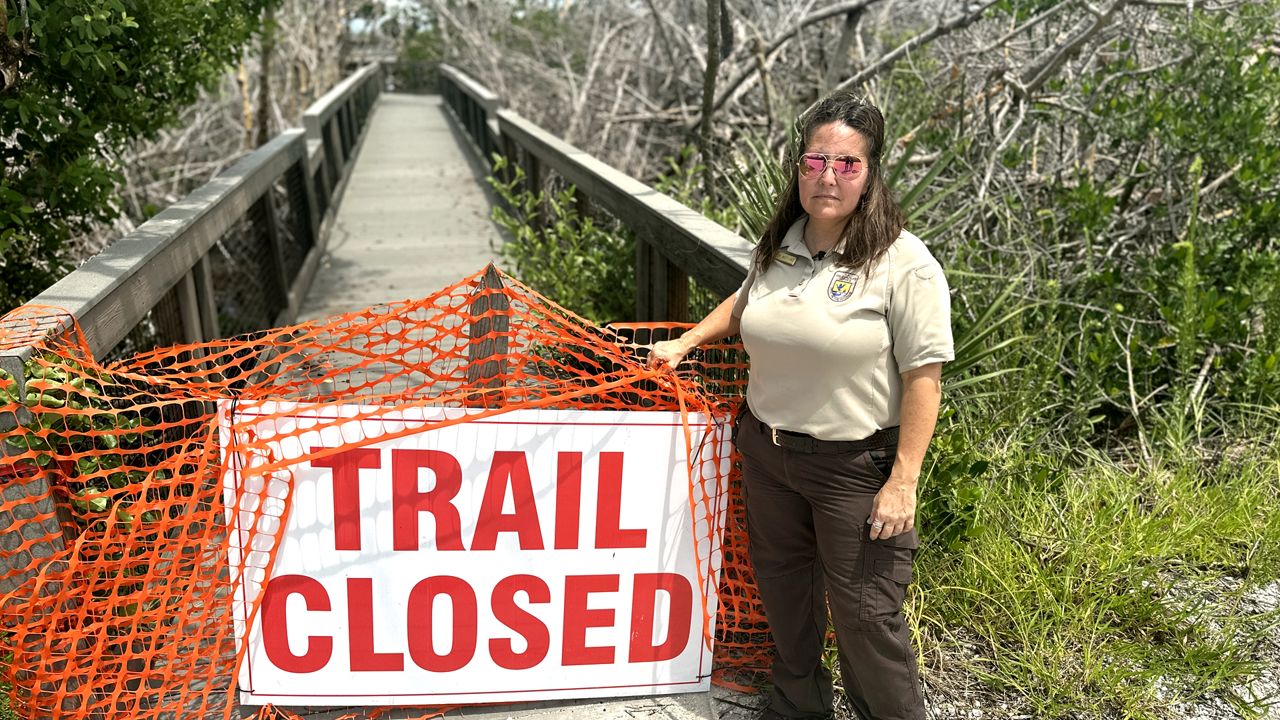
She said the flooding was unlike anything the island had ever seen, including destruction from Hurricane Charlie 19 years ago.
“I remember telling our interns the worst-case scenario is Hurricane Charlie,” Westland said. "We’ll be back in a few days. We were shut down for one month after that hurricane. But this hurricane had the surge.”
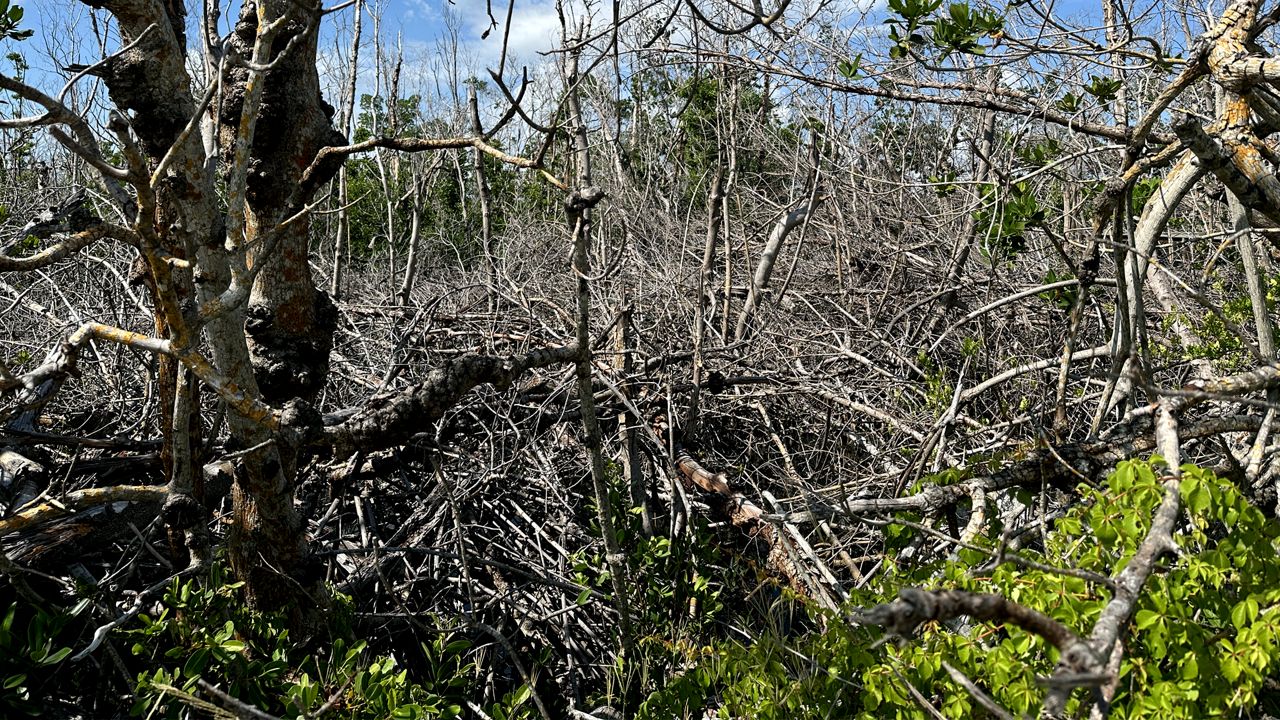
Despite the surge, not all of the island’s coastline suffered extensive erosion. Jack Brzoza, a biologist with the Sanibel-Captiva Conservation Foundation, said with enough sandy shores still intact, the island’s beloved sea turtles have been able to return.
Brzoza said his team has counted more than 1,200 nests this season alone, nearly double the previous record.
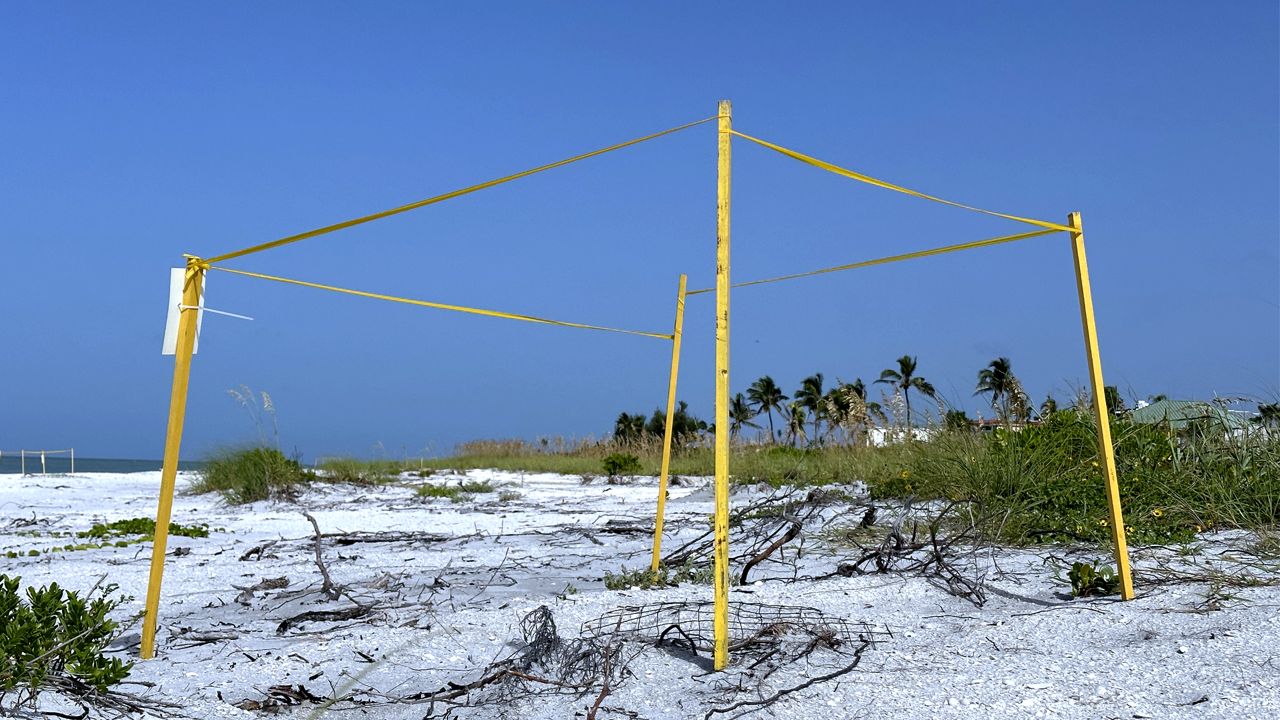
“Certainly not to make light of the issues that people are still dealing with, but a lot of people that I’ve spoken to have used the idea that it’s a bit of a silver lining,” Brzoza said. “It’s bolstering that sense of community and I think it adds to their sense of strength.”
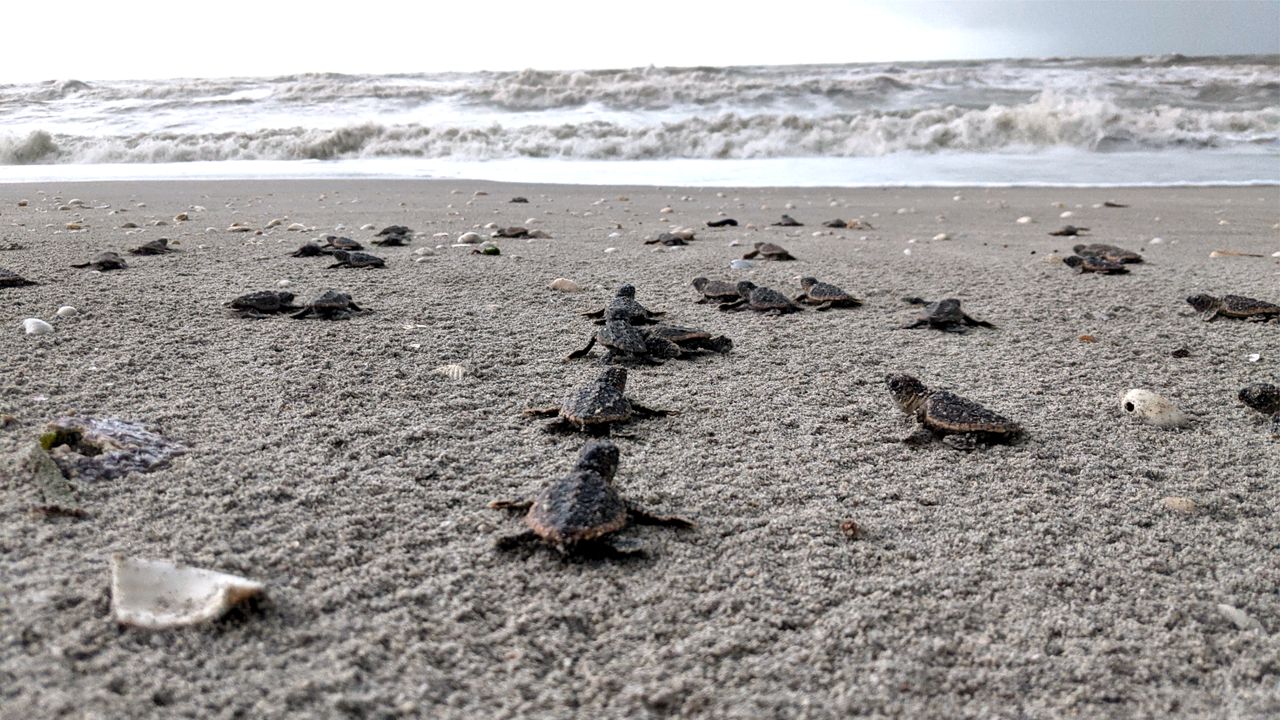
Westwood said there are more examples of resiliency at the refuge. It took six long months, but things are coming along — the salt water that inundated the freshwater marshes has been slowly flushing out, and patches of green have returned to the mangroves.
The bird population has returned too, and Westwood said even the elusive Sanibel Island rice rat, an endemic species critical to the island’s ecosystem, has been spotted.
"The wildlife is teaming and doing well," Westwood said. "It’s almost like this regrowth, this rebirth, this reset."


